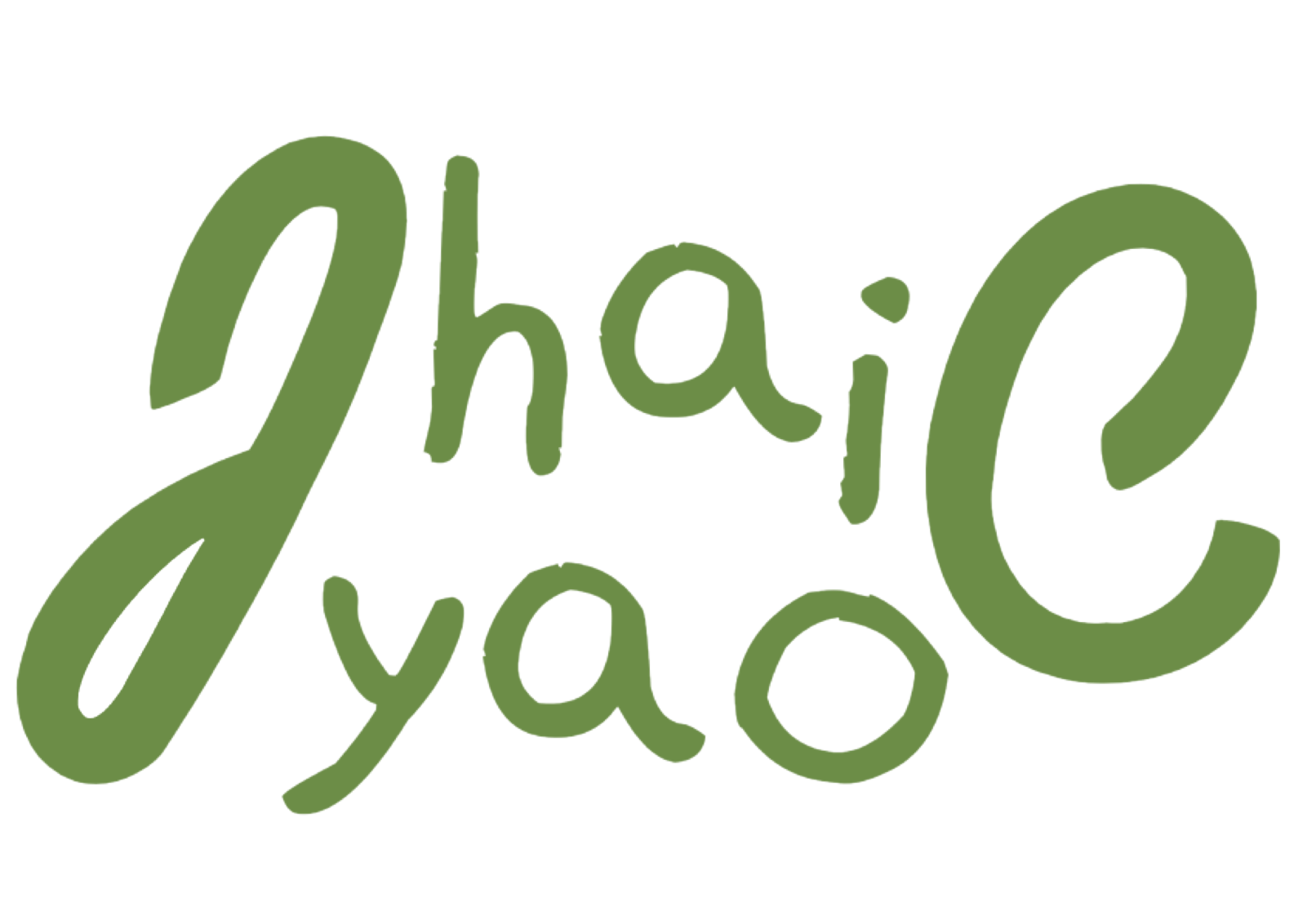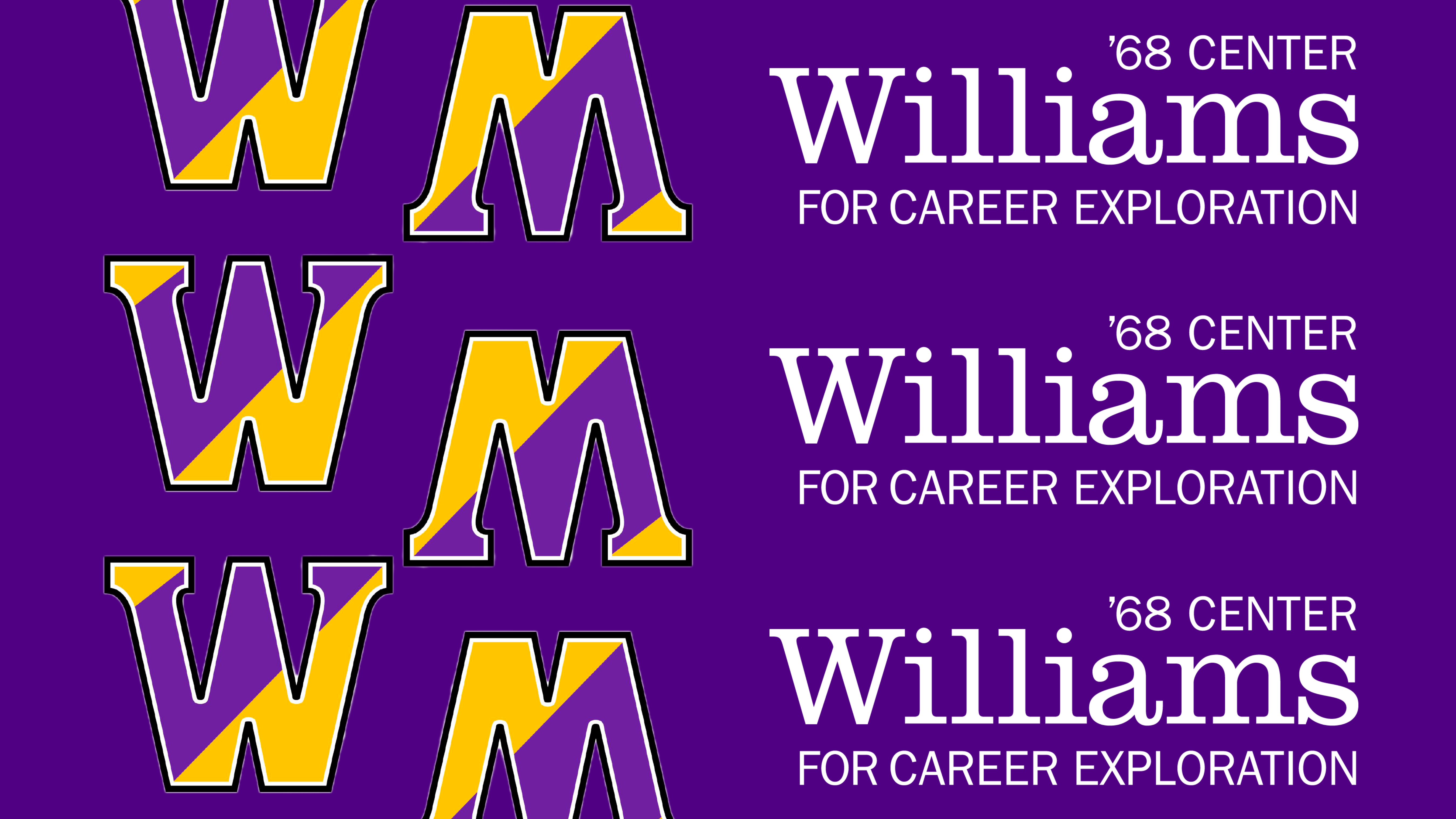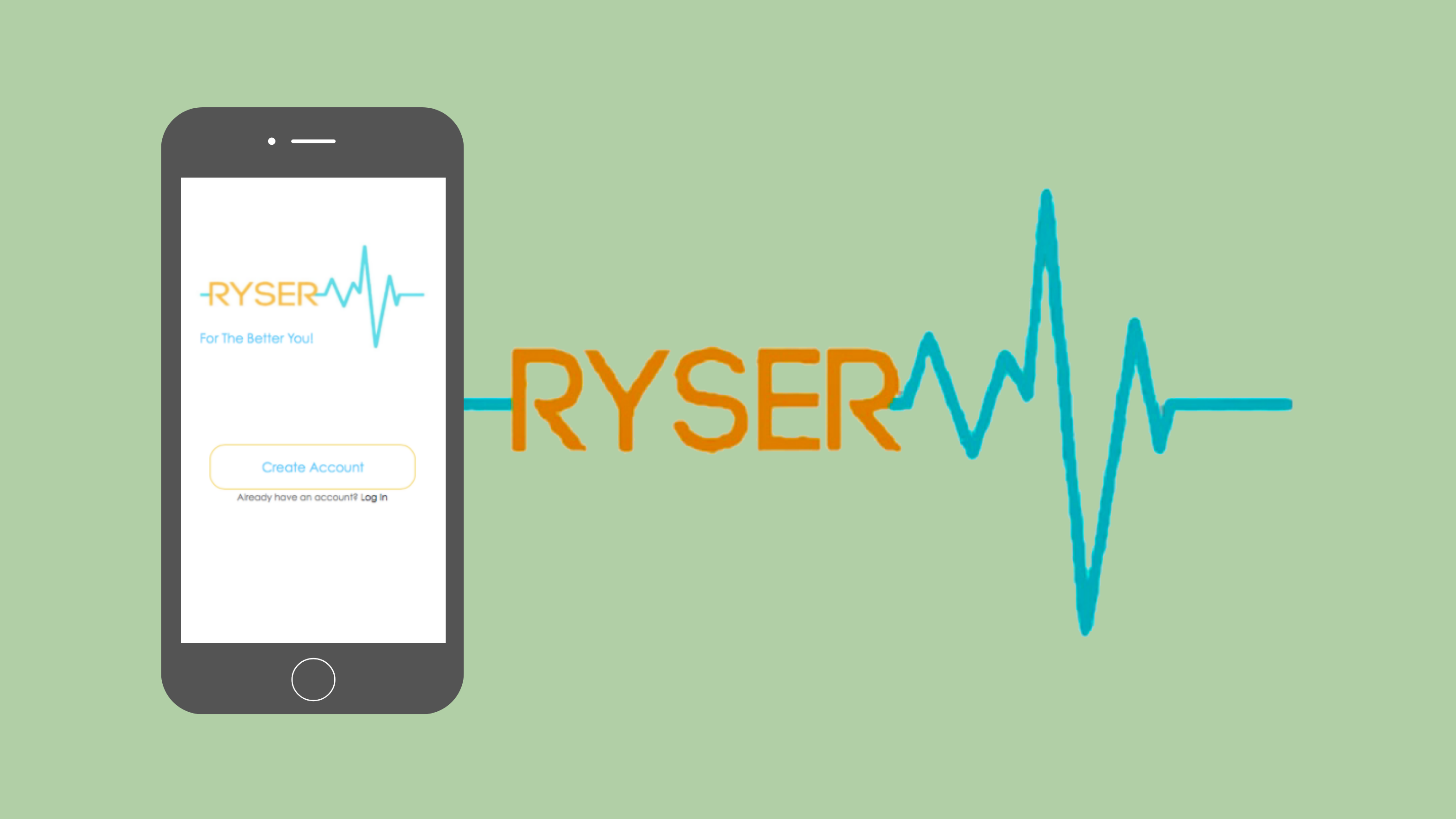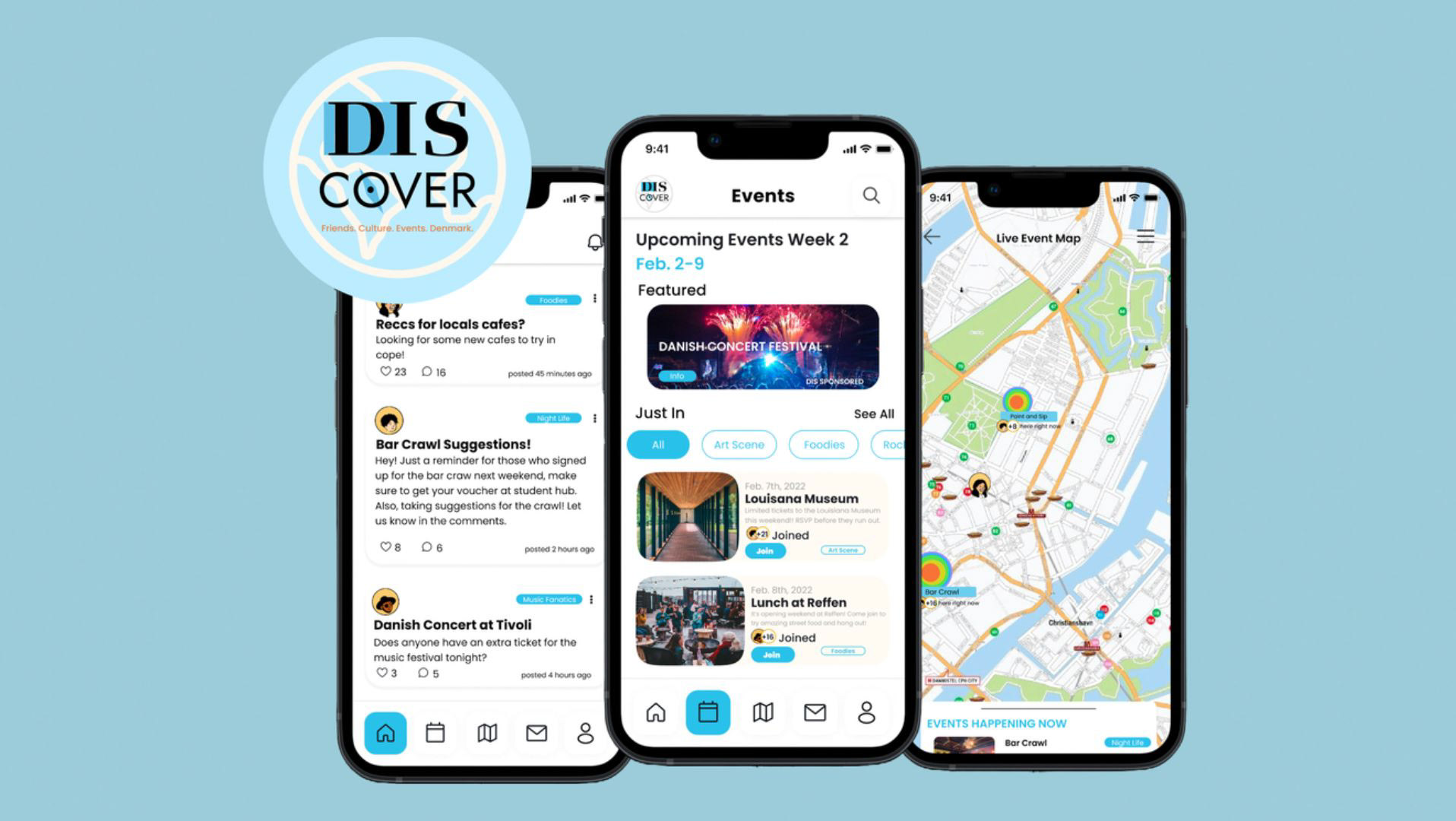Universal Design for Learning (UDL) Class Facilitation
I was tasked to lead a class activity in a group with 2 other students to teach about the topic of Universal Design for Learning (UDL). For the activity, we decided to divide the class into 3 groups: 1) Means of representation, 2) Means of engagement, and 3) Means of expression, which are three important elements within UDL.
Afterwards, we had each group design their means for a college-level Music Theory case study, keeping in mind the 3 specified learner profiles of students with identified special assess needs in the class.
After the group discussions, we had each group share their ideas and reflect on the following questions:
1. How can classes be designed in a way that is inclusive of all students’ access needs, when one student’s needs may directly conflict with the needs of another student?
2. How can we be sure that we are addressing the needs of most learners through our design? Is there a criteria of success?
3. In what ways do you see UDL as benefitting more than just students with disabilities? How could UDL support traditionally underrepresented student populations?
MindMeister: Reflection Theme Sorting Map
Our MindMeister Map was used to identify themes from the UDL readings students were curious to know more about. We took this into consideration when designing our class activity.
Final Class Activity
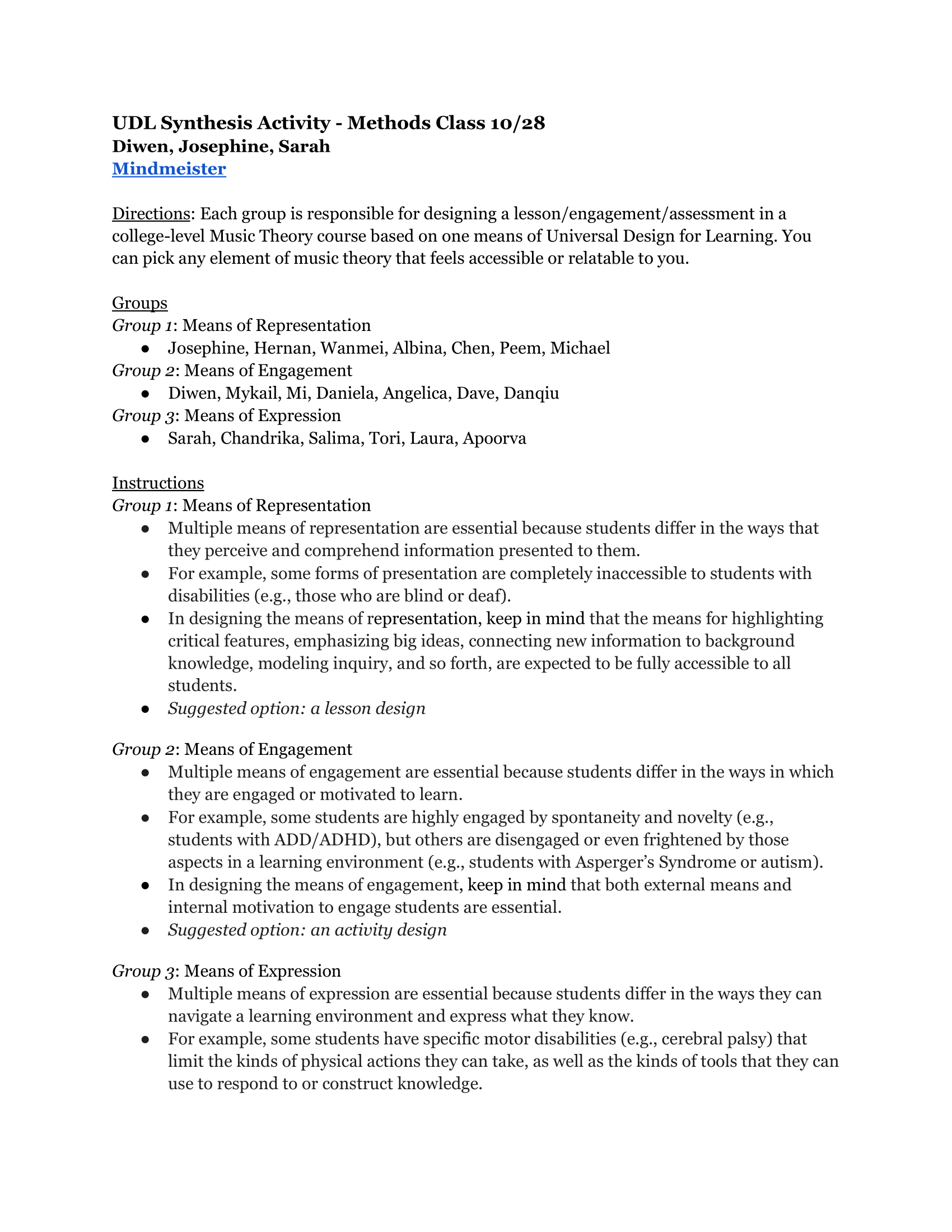

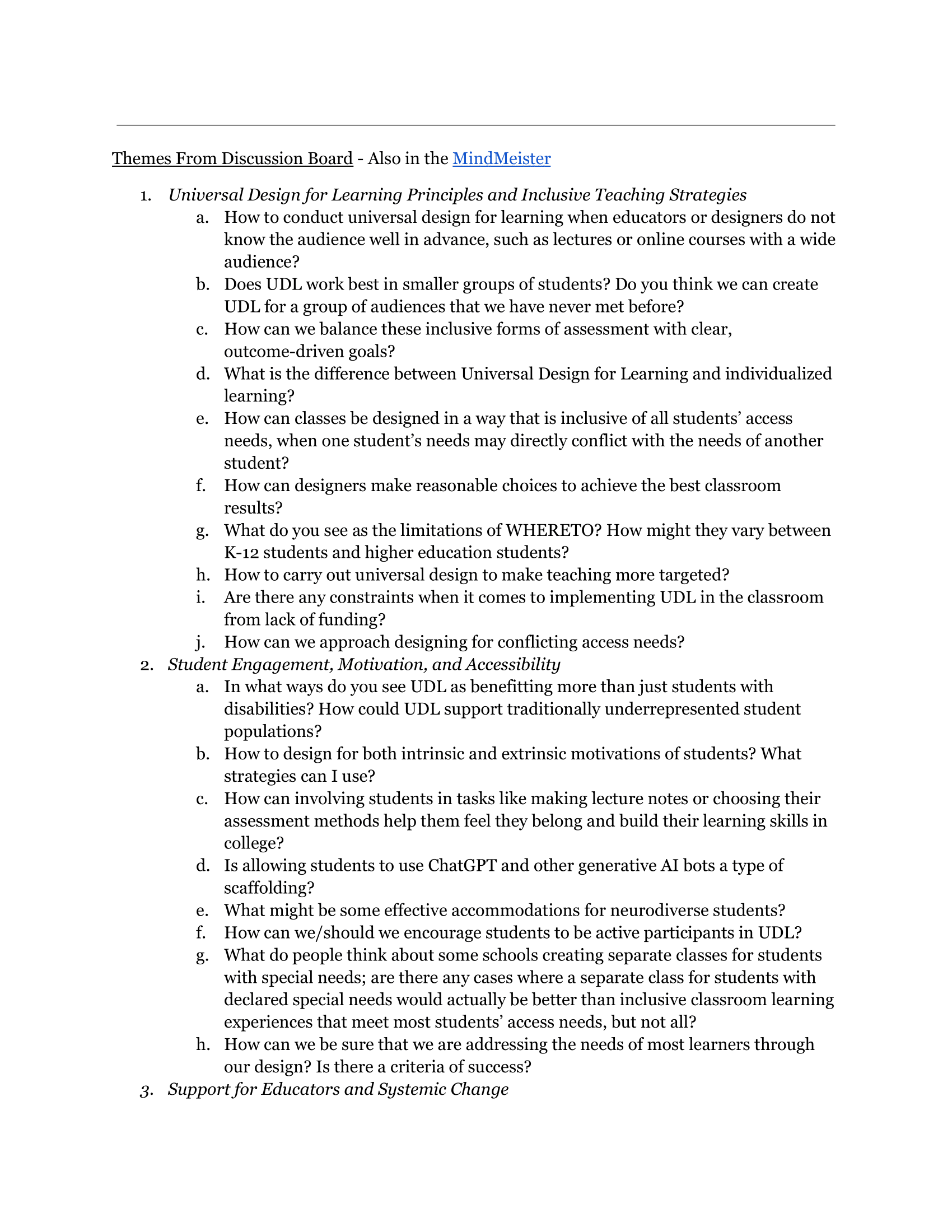
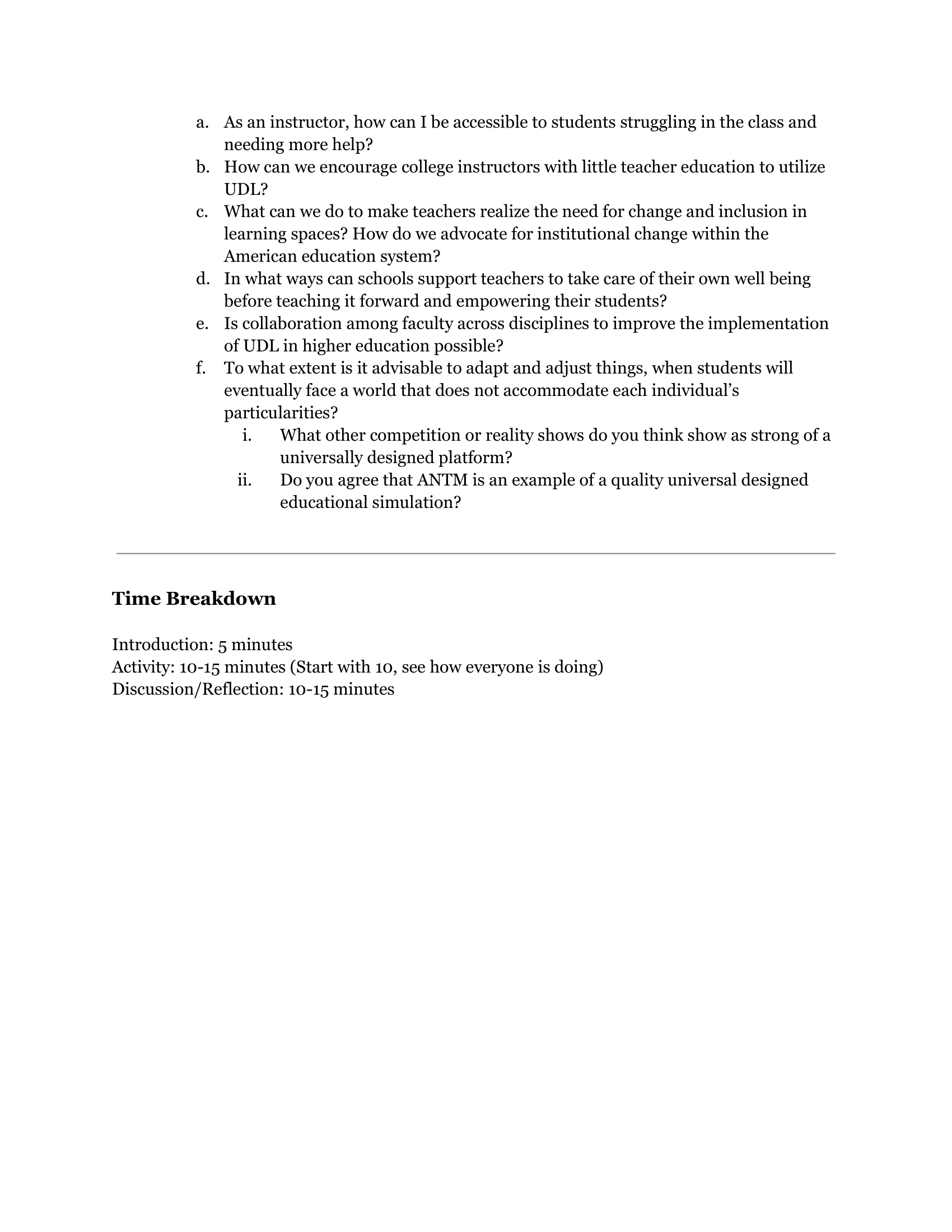
Designing a Sit-to-Stand Podium
Empathy Mapping
In a group, we were asked to create an inclusive podium design for disabled individuals considering requirements specified by the Americans with Disabilities Act (ADA).
We began the project by empathizing with disabled individuals using an empathy map, having conversations with disabled individuals, and researching about their experiences.
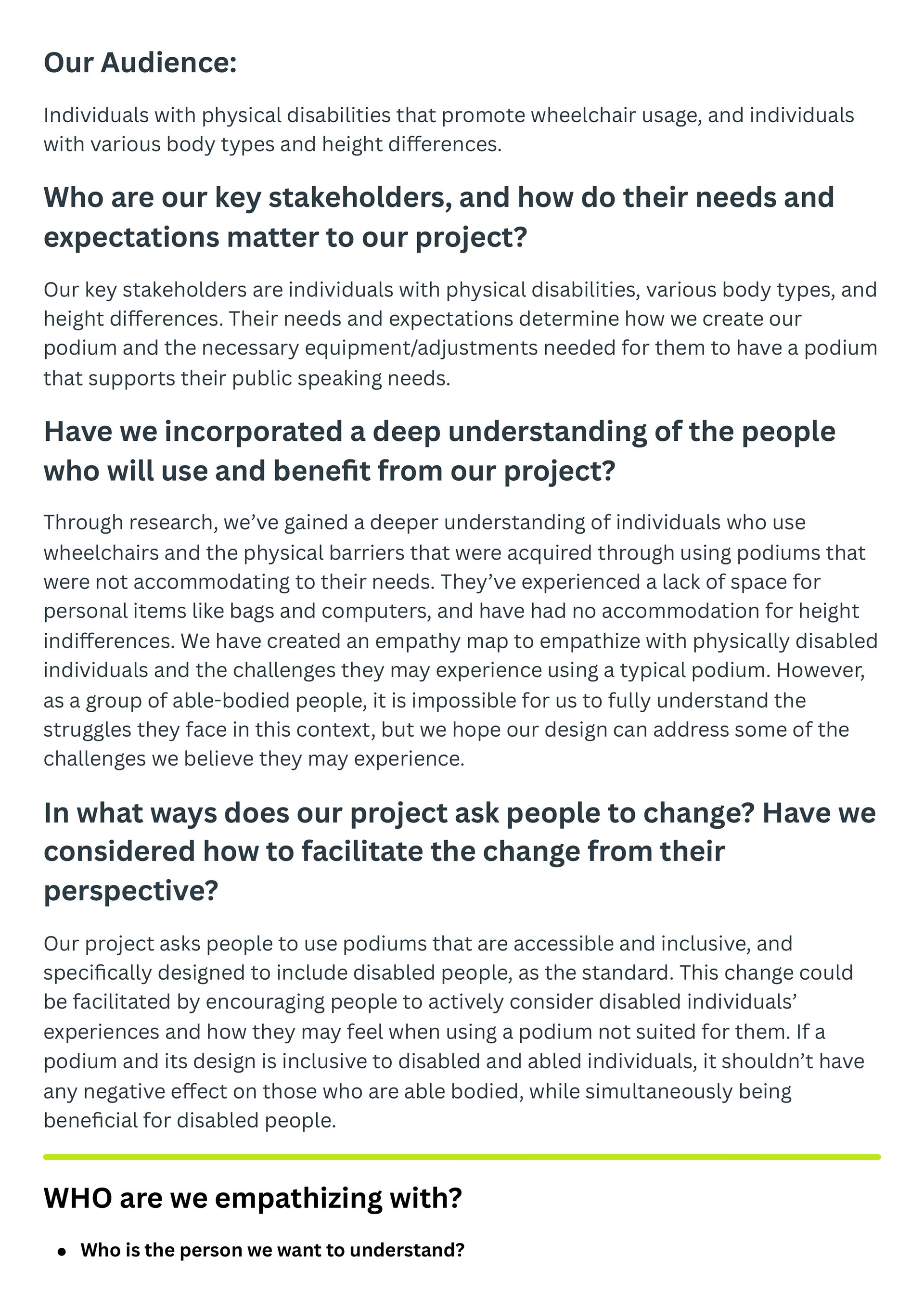
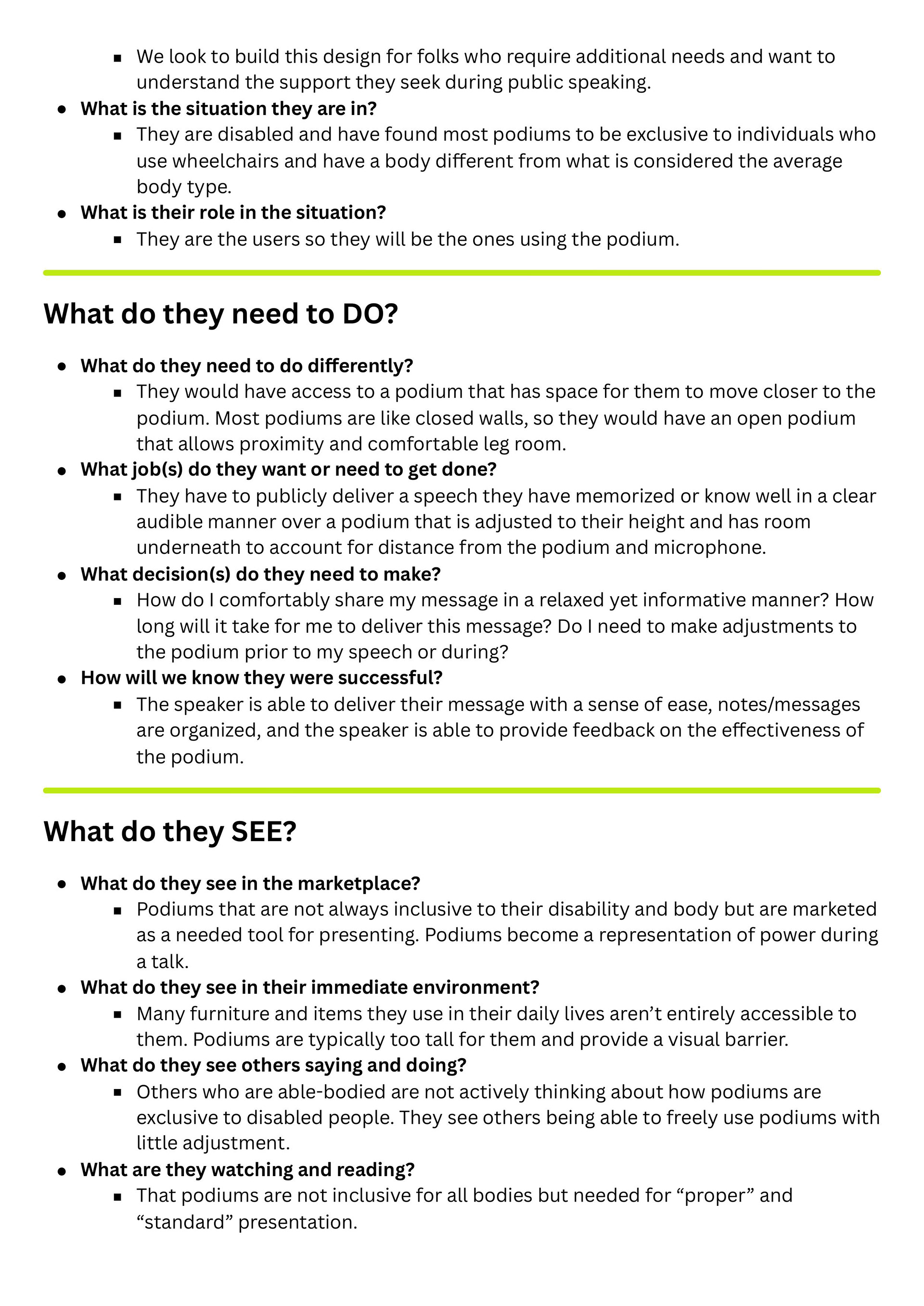
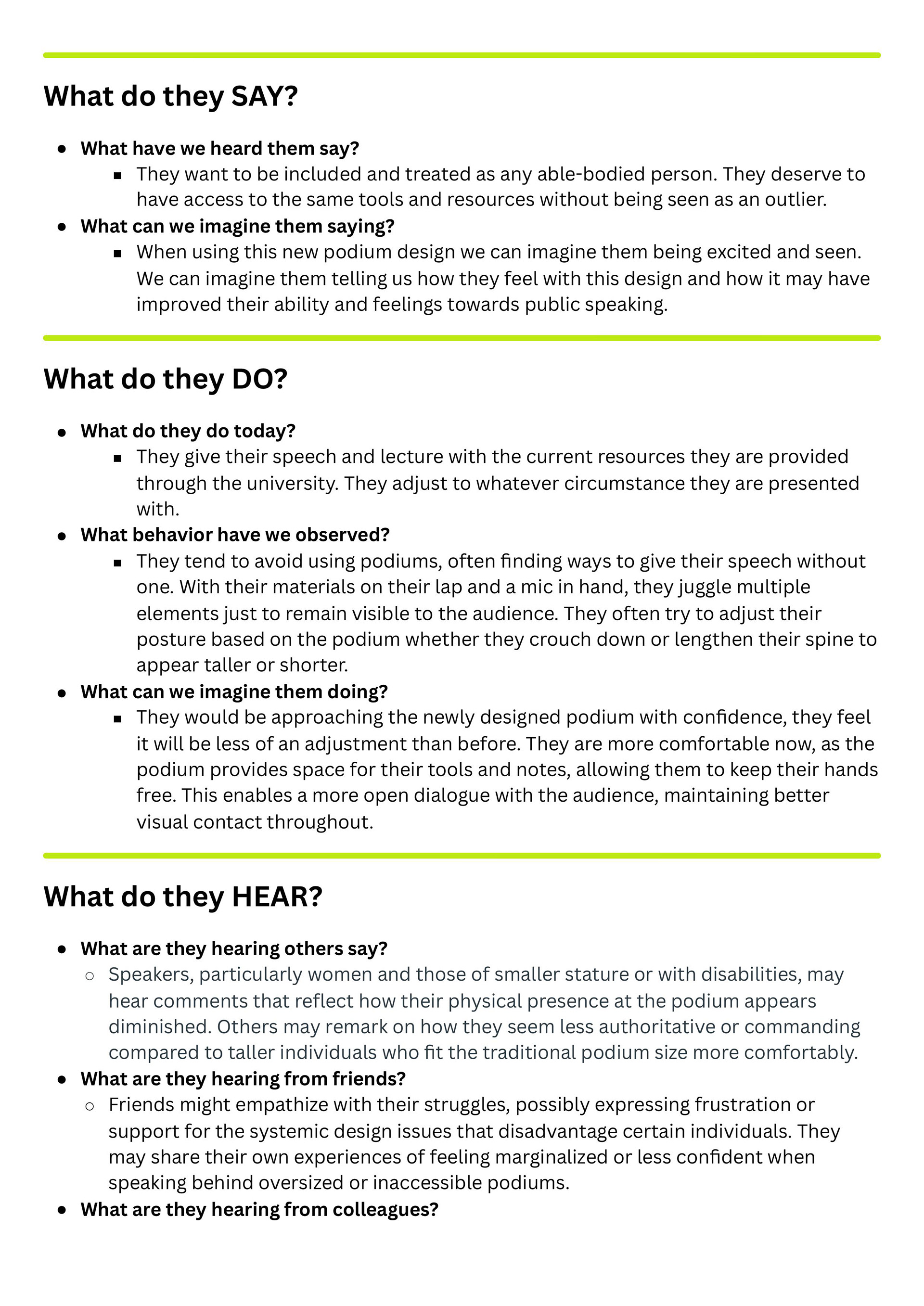
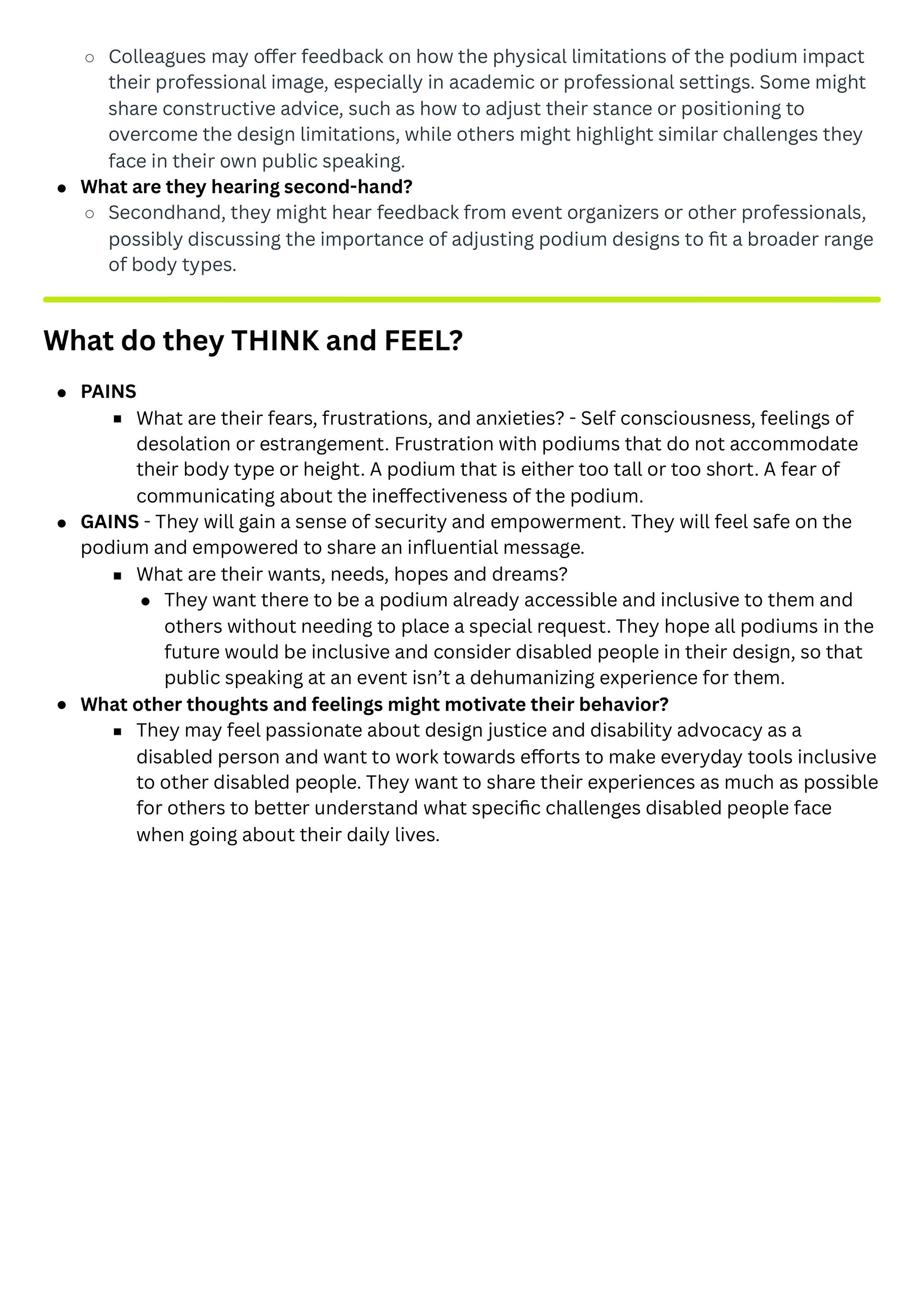
After completing our empathy map, we moved onto sketching out different prototype designs, considering functionality and materials, and discussed everyone’s ideas. After the discussion, we decided on a design that includes the following integrated technology:
1) A built-in tablet for wifi/presentation access
2) A microphone woven along the surface perimeter for zero view obstruction
3) A cup-holder socket for hydration purposes
4) Wheels for mobility
5) Adjustable flaps through sliding technology.
To make the podium height accessible, there will be metal legs that adjust through an inner tube sliding mechanism. Finally, for materials, wood would be the main material for the podium’s surface area, while metal is used to reinforce leg support, plastic would be used to create the wheels, and to top it off, Georgetown University’s brand colors will be painted at the front to adhere to university branding guidelines.
Sketch concepts I created and drew from group discussion.
